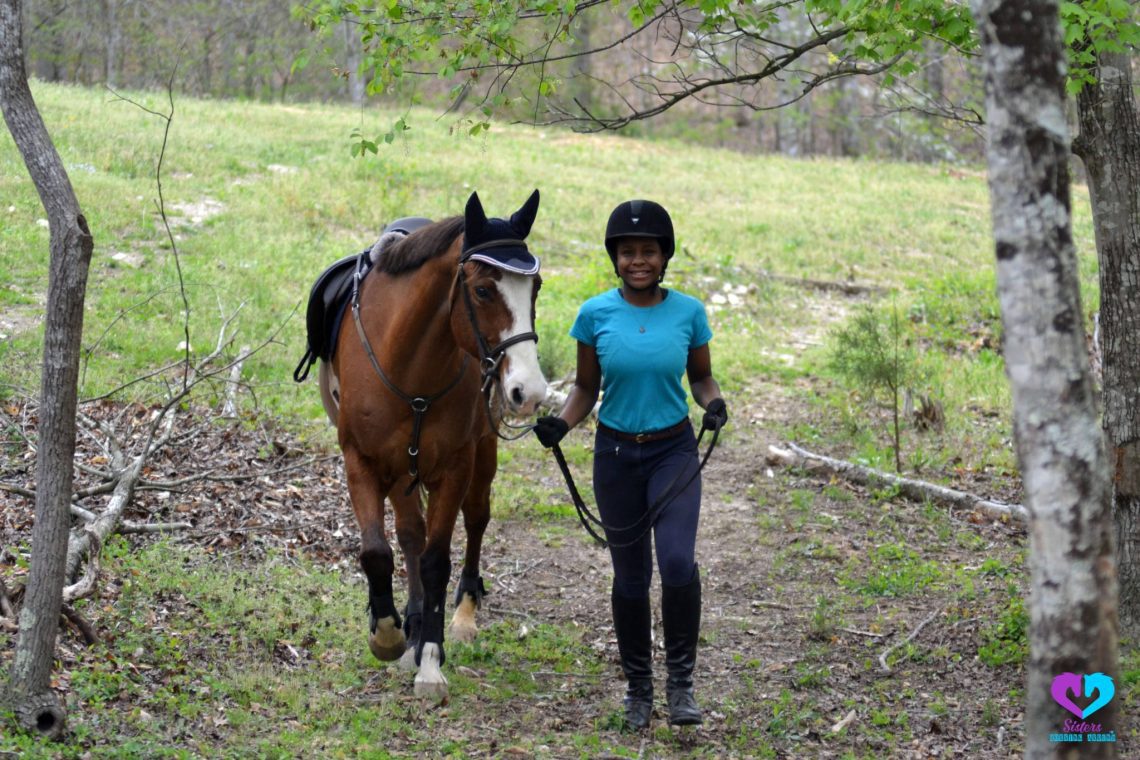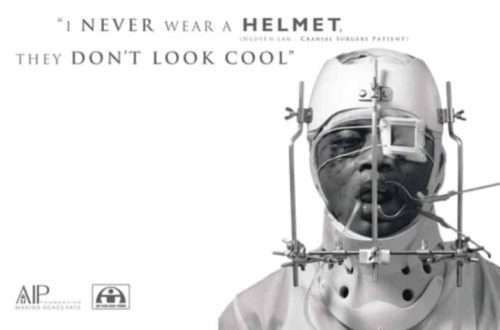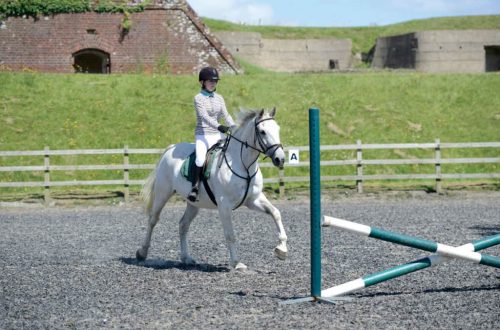
Choosing a club for training: what does a beginner rider need to know?
Choosing a club for training: what does a beginner rider need to know?
Let’s imagine the situation: you rode for the first time and now you dream of repeating these sensations, and not just repeating it, but mastering the art of riding, learning how to ride correctly. What should you pay attention to when choosing a place for your future training?
You are lucky if you have the opportunity to immediately seek help from a competent coach who seriously deals with students, or contact a prestigious club where work with beginner riders is carried out at a high level.
I don’t want to once again draw the line between “ours” and “theirs”, but the level of development of equestrian sports and the culture of riding in our country, unfortunately, is extremely low.
Abroad, instructors are required to have a license even for walking (not to mention training), and in any, even the smallest home equestrian club, you will be properly saddled, introduced to the basics of riding and given a certain knowledge base. If you subsequently want to go in for equestrian sports and contact a professional trainer, he will not tear your hair out, trying to retrain you, starting not from scratch, but from -50.
The situation is gradually changing in our country, but the stream rentals, where “stable girls” with big ambitions and little experience act as instructors, continue to flourish. However, rental rentals are different, and the number of stables providing the relevant services is growing every year.
We would like to offer some tips to help you decide where to study further.
When choosing a club, you need to understand that knowledge can be obtained even at stables with a very modest infrastructure. The presence of an indoor arena is not a guarantee of the presence of a good coach. But anyway, pay attention to work sites, on the condition of the soil. If the horses go to work on ice ruts in the spring or run knee-deep in mud during rainy periods, then most likely this is not the best place for you. In winter, take an interest in the lighting of parade grounds (working in the dark is unproductive). Please note that in the absence of an arena, your training may be delayed due to weather conditions.
In advance specify what conditions are created for people. This is important if it is critical for you to have a shower in the stable, a warm toilet, a comfortable dressing room, lockers for storing personal belongings, a place to relax, etc.
Separately evaluate transport accessibility of the club. Think about how many times a week you plan to train, how long it will take you to travel on weekends and weekdays, taking into account traffic or public transport schedules. When choosing country clubs for classes and not having personal transport, think in advance how you will return to the city in the evening, after classes.
On first visit pay attention to safety.
No self-respecting equestrian club would put their clients at risk. Even at the stage of preliminary agreement on the first training session, you should be advised on the clothing and footwear required for training, they will offer to bring a helmet with you or inform you about the possibility of renting it. Some clubs also offer safety vests for small children.
Look out for other riders working with trainers individually or in groups. They must also be dressed in special clothes and shoes for riding (or at least clothes suitable for riding) – these requirements are not related to aesthetics. They are functional. The general atmosphere at the arena speaks volumes about the culture of the club.
Look at andinstructors – theyThey must conduct classes in normal clothes. During training, the instructor must be ready at any time to get hooked on the horse (it may have to be set to work, for example, in case of disobedience). In addition, the instructor leading the training is the face of the equestrian club. He should look like a rider and his uniform should be neat and clean.
The next thing you should pay attention to is condition of the horses.
Horses must be cleaned, the ammunition on them must be of high quality, neat, properly fitted. Animals should not look thin, emaciated, limp, or give off an unpleasant smell of urine or manure.
It may be difficult for a beginner rider to assess the condition of horses on their own. But today any information can be obtained on the Internet. Look at photos of horses from prestigious clubs and equestrian schools, compare with what you saw. Remember, only a healthy horse that doesn’t feel pain, hunger, or discomfort from ill-fitting harness can teach you something.
So, you liked everything in the club, and you have gone straight to work. What should you pay attention to?
If they put you on a horse, gave you a rein and said the phrase: “Bang your heels to go, pull the left / right rein to turn, pull both reins towards you to stop”, you can, of course, leave your paid time, but for yourself note: you will not be taught anything here (or this particular instructor will not teach you).
The first lesson with a beginner rider should be done only on the lunge! As, in fact, and many subsequent workouts.
The basis of riding is the feeling of the horse by the rider and an independent seat. Only after you have mastered these qualities, you can be given a reason in your hands and let go on your own to move around the arena.
Ideally, the rider should work on the lunge without a rein until he begins to feel comfortable in all gaits, behave correctly at the transitions (when changing gaits), be able to independently, without a rein, only with the body, transfer the horse from gait to gait, ride without stirrups. Naturally, all this is possible only on a trained horse. After this, the rider (still on the lunge) is trained to handle the reins. The next stage is work on the Volt around the instructor. And only then – the movement around the arena. A rider trained in this way is fully prepared for more advanced work in a particular direction of equestrian sport.
To summarize all of the above, your first lesson is riding without a rein, lunging at a walk with short reprises of the trot, doing basic gymnastic exercises in the saddle, which will help you acquire the necessary balance. The instructor at this time should give you the theoretical knowledge that is needed at your level (no more, so as not to load you with unnecessary information so far). At the end of the session, it is acceptable if the instructor tells you about the principles of the reins and you walk around the arena a little (the instructor must accompany you, hold on the lunge, walk at the horse’s shoulder, correcting your movements). He must, holding both reins, control the action of your hand, assess the strength and fluidity of your work and make adjustments.
Of course, now we have described the correctly conducted individual training. Individual training is more expensive than the so-called shift training, when the instructor works with several students at the same time. Practice shows that most of the lessons with beginner riders are carried out in shifts, but this does not mean that this approach is correct.
If for one reason or another you have chosen shift training, remember that beginners can only calmly walk along the walls of the arena. No one canceled classes with each in turn on the cord. If they are not, then your training is not being carried out correctly. If you are sent for a shift at a trot in the first or second lesson, think about whether you need it? Such a ride provokes numerous errors in the rider’s position, enslaves him (a person who does not feel his own balance on a horse grabs it with his feet, clings to the rein or saddle with his hands and for a long time consolidates these most harmful habits caused by stiffness, a simple desire to hold on at any cost) .
Note also that during training the instructor does not have the right to leave the arena, leaving the riders unattended! If the instructor is constantly absent, “drinking tea” while the shift walks the horses before training, or communicates with third parties during the lesson, change the instructor! This behavior, although still sometimes and meets, is unacceptable!
Remember the art of riding is a long and painstaking work. The ability to stay on a horse in frisky gaits or jumping over barriers does not mean that the rider knows how to ride. Without a doubt, even on your own, with time, you will be able to learn how to gallop through the fields without a saddle and jump single obstacles of 120 cm, but such a “gypsy” ride will not make you a rider in the sense of the word that professionals put into it. In any sport there is a training system, certain norms, bypassing which you will not get the desired result.
Valeria Smirnova
- EuroHorses 7 April 2017 city
I don’t know who Valeria Smirnova is, but in my opinion it’s not correct to express my opinion as true. Answer
 Maria 7 April 2017 city
Maria 7 April 2017 cityAnd how can an author write about something, considering his position to be wrong? 🙂 How can you advise something if you don’t think it’s right?
But there is also a counter question: what exactly in the article seems disputable to you? Personally, I completely agree with the above. Although, of course. practice is such that few people strive for the ideal. Answer
- EuroHorses 8 April 2017 city
1) “I only know that I don’t know anything, but others don’t know that either”
I have nothing against the article, no doubt it will be useful to someone. The manner of presentation just hurt my eyes a little (if so or not, run)))
2) the author outlined one of the methods of working with beginner riders, yes, the most common one, but it is not the only one. Thus, the author does not “give the right to life” to other methods of work. I hope they will understand me)))) I am not against the article or the author or this method, I just think that you should always make a reservation that this is one of the methods or “in my opinion”, etc.))) Answer
 Maria 8 April 2017 city
Maria 8 April 2017 cityAs for me, the points about poor soil and about taking into account the condition of horses, for example, cannot be stated otherwise – if not, then yes, you need to “run away”, because normal activities and harm to animals are somehow incomparable … When – something, when I was just starting classes, I remember, emphysemnik was put on shift. And he felt bad in the heat – he could hardly move and suffocated. And we were told: yes, everything is fine. He just has a chronic cough and is lazy. Kick him harder and whip him … Still ashamed. As well as tea-drinking instructors – … .. this, in my opinion, does not cause controversy?
And according to the methods of teaching beginners – … An alternative to the studio 🙂 The way they usually work with beginners in the bulk of rentals leads to the fact that there are more and more people with vicious landings. And then, as soon as people begin to understand that something is wrong with them, and turn to competent coaches, they have to start all over again … How to put a person on a horse without teaching him to sit relaxed? Besides the cord? No. Well, there is still a barrel, of course. You can remember the Soviet school 🙂 Whoever survived (stayed), he went … But such methods are poorly applicable to adults, accomplished people who want to do BE not out of fanaticism / masochism … Answer
- EuroHorses 8 April 2017 city
Well, the soil, dead horses, this is understandable))) There is, for example, one Soviet technique, where the first thing they teach, after they put it on the horse correctly, is to do half-pirouettes on the back)))) to the trot, etc.) and no matter how wild it sounds, this also has the right to exist)) ) at least theoretically))) but in order to answer more meaningfully, you need to raise this literature again, but I’m not ready for this))) Or the article states something like: a reason can be given in hand only when a person is confidently sitting at all gaits. But you can work walk-on-lunge, walk-on your own, trot-lunge, walk-trot on your own, gallop-lunge, etc. Answer
 Maria 8 April 2017 city
Maria 8 April 2017 cityAs for the reason, I agree. But the mowing work of the hands also grows from a clamped landing. In principle, not to work, but to hold the rope – it’s still possible, IMHO 🙂 Although, if you look at this from the point of view of the horse, then we can say that if the horse suddenly rushes somewhere under a rider who, relatively speaking, is badly sitting on a trot, then she will get in the teeth – mother don’t worry … And the rider will be delayed – he broke his mouth — hellish car braked 🙂 I was personally taught in the most shabby box office (initially). Therefore, the approach with gentle and methodical training of the rider is very close to me 🙂
By the way, with your example, they put you on a horse (Soviet school) – you write that you put CORRECTLY 🙂 Answer
- EuroHorses 8 April 2017 city
Well, I don’t consider the option with well-established horses and inadequate trainers)))) nevertheless, a horse is specially prepared for a beginner rider, not quite the same as a sports one))) Answer
 Maria 8 April 2017 city
Maria 8 April 2017 cityWell, yes. what about in practice? You won’t find anything at the box office …. And “scared birds”, and clockwork, and with a variety of vices. And all this is served with the sauce “learn to work with any horses” … Answer
- EuroHorses 8 April 2017 city
There is such a thing), but unfortunately in very expensive clubs, where everything is there and everything is very beautiful, the same horses are not prepared for novice riders. And there is another extreme, incidentally, when people for 3 years (this is a real case, which later turned out to be with me) train on a lunge … 3 years a person pays money and does not have the opportunity to fully ride in one of the most prestigious clubs … those conditions allow more than … Answer
 Maria 8 April 2017 city
Maria 8 April 2017 cityAnd then the question arises of pumping money out of the client, also yes. Answer
 Asia_Tainaya 7 April 2017 city
Asia_Tainaya 7 April 2017 cityAnd in my opinion, the article is very correct) Following these tips, you can find a really good equestrian club and trainer. Therefore, I advise beginners to read this article, and if you are still a minor, then let your parents also read it in order to choose a club together!) Answer





